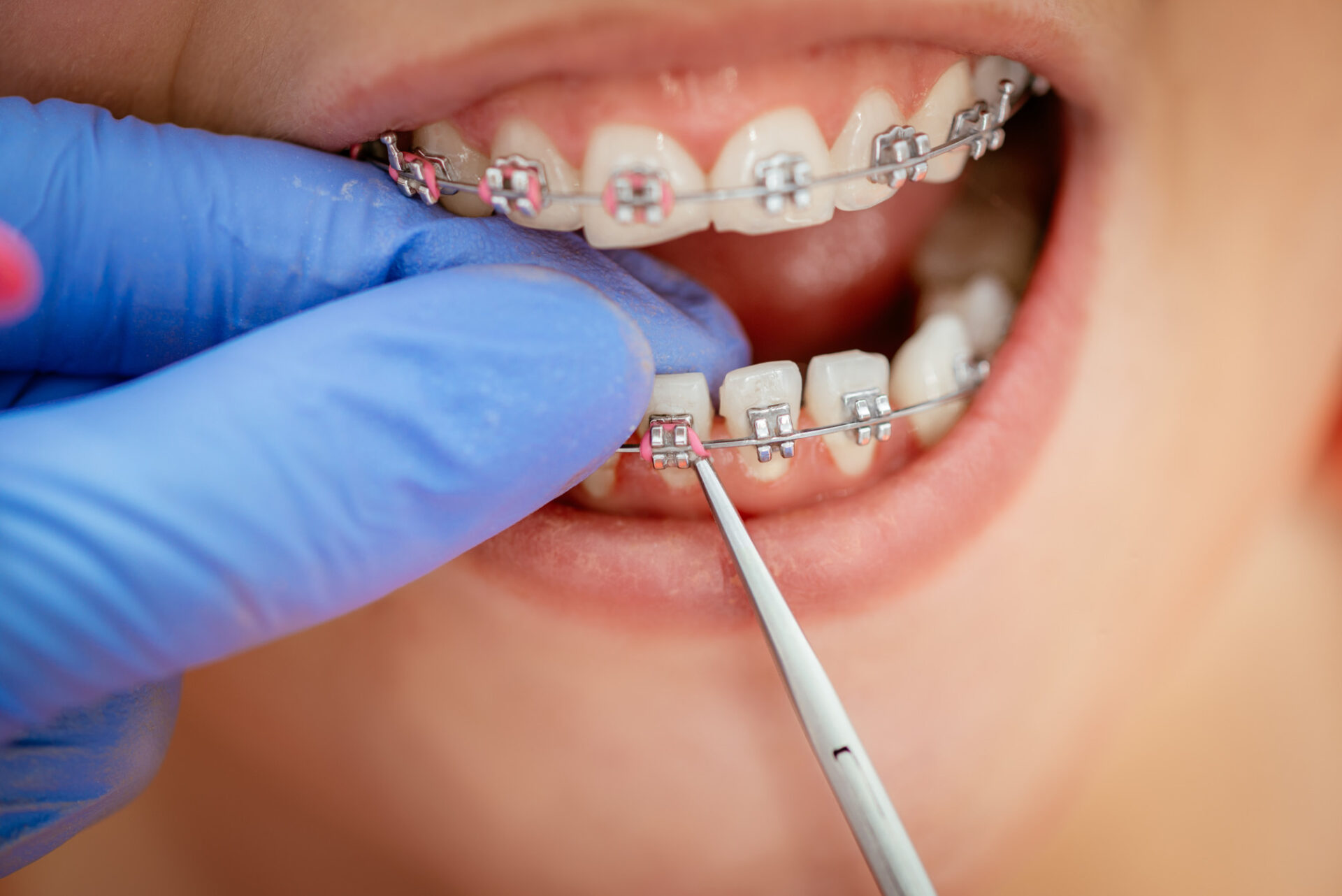Comprehensive Guide to Orthodontics Procedures for Remedying Oral Misalignments
Understanding the intricacies of each treatment, including their devices, advantages, and prospective disadvantages, is important in making notified decisions about one's orthodontic therapy. As we browse with the extensive guide to orthodontic treatments for remedying dental misalignments, the detailed information of each technique will unravel, losing light on the path toward a unified and practical oral positioning.
Orthodontic Procedures Overview

Normal changes and surveillance are essential parts of orthodontic treatment to guarantee development is on track and to make any kind of essential alterations along the means. By undergoing orthodontic procedures, patients can not only achieve a straighter smile yet also improve their overall oral health and wellness and function.
Conventional Braces: How They Work
When considering orthodontic therapies for dental imbalances, conventional dental braces stick out as a time-tested approach for remedying teeth positioning. Standard braces include brackets, cords, and bands that interact to apply continual pressure on the teeth, progressively moving them right into the desired positioning. The brackets are connected to the teeth making use of a special adhesive, and the cords are threaded through the braces. By adjusting the stress of the cords, orthodontists can manage the instructions and force used to each tooth, leading them into correct positioning with time.
One key element of exactly how typical braces job is the procedure of bone remodeling. As pressure is applied to the teeth with the dental braces, the bone bordering the teeth is reshaped to support the new tooth settings. This improvement is essential for the long-term stability of the fixed positioning. People will certainly require normal adjustments at the orthodontist's office to guarantee the braces continue to apply the appropriate pressure for efficient teeth motion.
Unnoticeable Aligners: Cons and pros
These clear, customized trays are virtually unseen when used, making them an appealing alternative for individuals looking for a more cosmetically pleasing orthodontic treatment. Patients can eliminate the aligners before eating or cleaning their teeth, decreasing the threat of food getting stuck in the device and simplifying the cleansing process.

Surgical Orthodontic Options
Surgical treatments in orthodontics existing feasible choices for attending to intricate oral misalignments that may not be efficiently fixed with traditional orthodontic therapies. While invisible aligners and typical dental braces can deal with lots of orthodontic problems, specific cases require medical intervention to accomplish ideal results. Surgical orthodontic options are typically advised for serious malocclusions, considerable jaw discrepancies, and instances where the underlying bone framework needs modification to attain appropriate alignment.
One common medical orthodontic procedure is orthognathic surgical procedure, which entails repositioning the jaws to correct useful issues such as trouble talking or chewing. This surgical procedure is commonly carried out in cooperation with an orthodontist who helps line up the teeth before and after the treatment. Surgical orthodontics may additionally involve treatments to expose influenced teeth, remove excess periodontal tissue, or improve the jawbone to create a much more harmonious facial account.
Before taking into consideration surgical orthodontic alternatives, clients undertake an extensive analysis to identify the need and potential advantages the dentist office of such treatments. aligners. While surgical procedure may seem daunting, it can substantially boost both the function and looks of the smile in cases where traditional orthodontic therapies fail
Retainers and Post-Treatment Care

Post-treatment care involves complying with the orthodontist's directions faithfully. This might include correct oral hygiene practices, going to follow-up consultations, and wearing the retainers as suggested. Failing to abide by post-treatment treatment instructions can result in relapse, where the teeth gradually return towards their original positions. Consistent retainer wear, good oral hygiene, and regular dental check-ups are important for preserving the results accomplished with orthodontic surgical treatment and making sure the long-lasting stability of the fixed dental alignment.
Final Thought
To conclude, orthodontic treatments supply different options for correcting oral misalignments. Traditional dental braces utilize metal braces and cables to shift teeth right into appropriate alignment. Unseen aligners supply a more very discreet option but might not be appropriate for all cases. Surgical orthodontic alternatives are offered for much more extreme imbalances. Retainers are commonly made use of post-treatment to preserve the new positioning. In general, orthodontic my explanation treatments can successfully improve oral health and wellness and visual appearance.
As we navigate via the extensive overview to orthodontic procedures for remedying oral misalignments, the detailed details of each technique will certainly unfold, dropping light on the course toward a harmonious and useful oral alignment. - aligners
One of the most usual orthodontic therapies is the use of braces, which are composed of steel brackets and cables that use mild pressure to gradually move teeth right into the desired position.When thinking about orthodontic therapies for oral misalignments, conventional braces stand out as a tried and true method for correcting teeth positioning. Furthermore, undetectable aligners might not be ideal for intricate orthodontic concerns that call for even more significant teeth movement, as they are generally recommended for mild to moderate situations. Retainers are custom-made orthodontic tools made to hold teeth in their dealt with positions after the conclusion of orthodontic treatment.